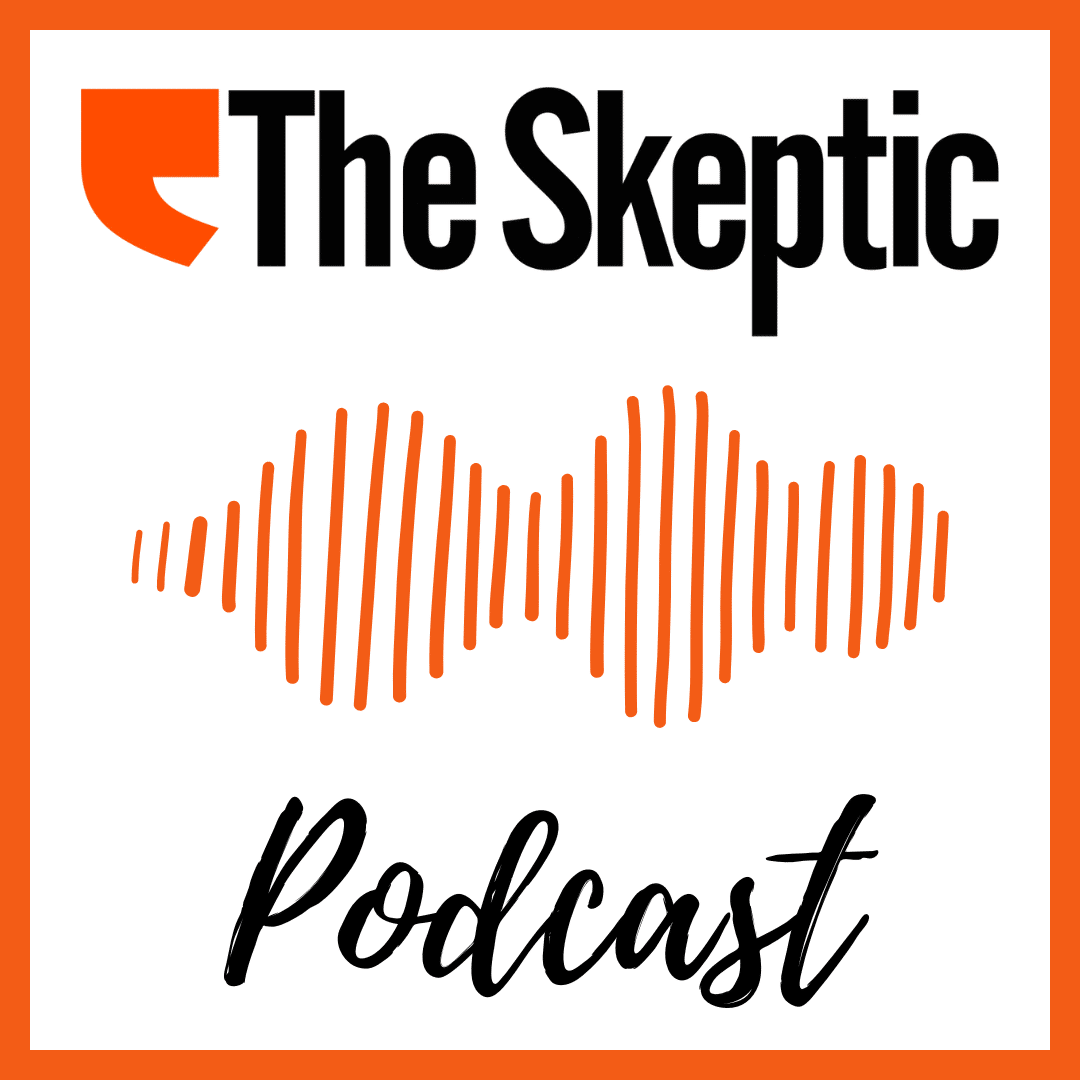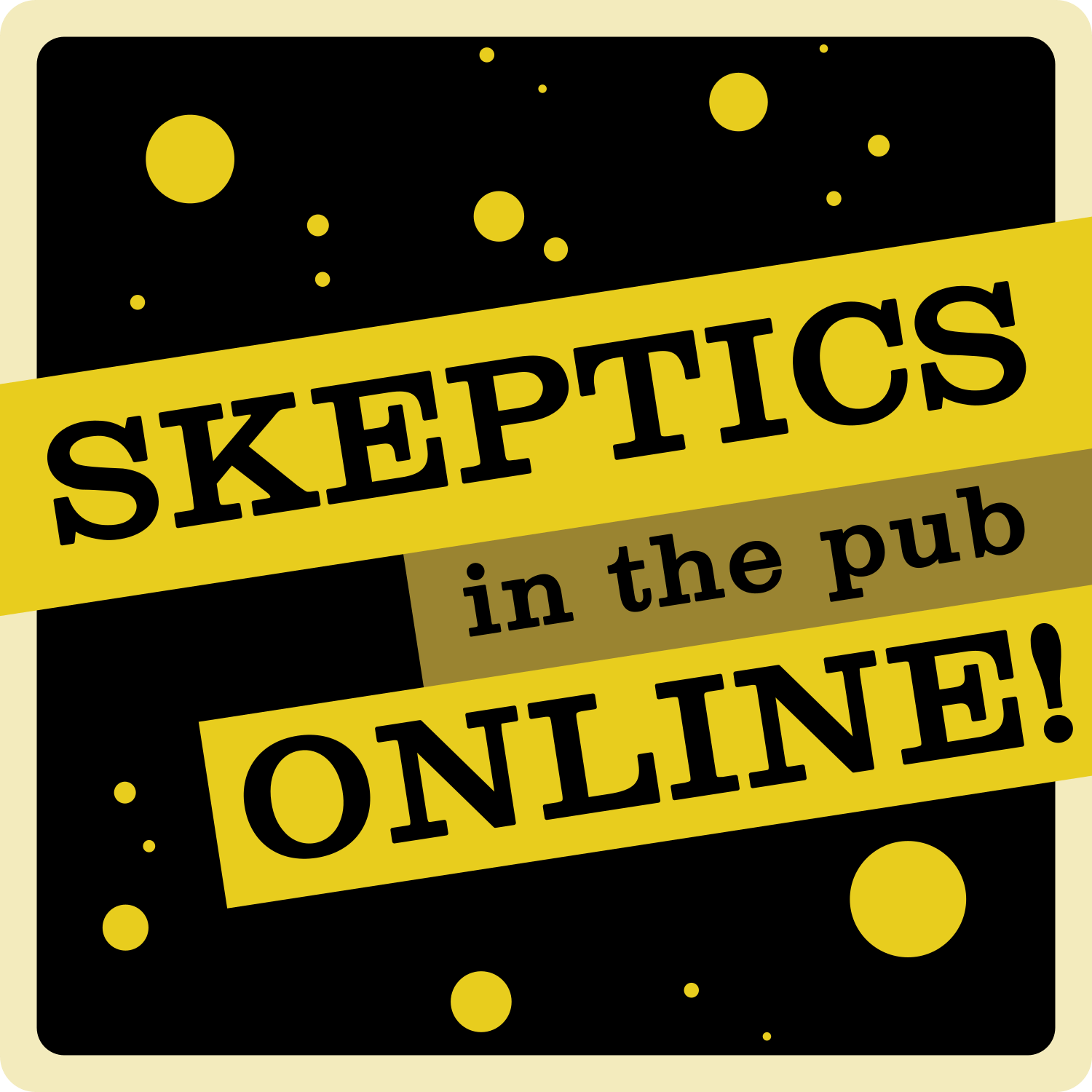In part 1 of this series, I described how I became involved in an investigation of the possibility that lucid dreaming might be precognitive in nature. Lucid dreamers are able to recognise that they are dreaming during the dream itself, and can sometimes, to some degree, control the contents of the dream.
I first got involved in this investigation when I was writing the epilogue for my book, The Science of Weird Shit. In this epilogue I was attempting to answer the question of what sort of evidence might lead me to question my sceptical attitude towards paranormal claims and maybe even revert back into being a believer in the paranormal as I had been well into early adulthood. Artist and lucid dreamer Dave Green and experimental psychologist Julia Mossbridge had already completed one small-scale study on this topic before I got involved – and had apparently obtained a marginally significant positive result.
A second small-scale study was carried out using essentially the same methodology, this time with my involvement. To my surprise, it looked like we had again obtained a marginally significant positive result. The next step was to carry out a larger investigation to draw firmer conclusions.
At the time of writing the epilogue, I was essentially indulging in a thought experiment, attempting to imagine how I might be likely to react to the different possible outcomes from the larger study. This is how I described my reflections on the possibility of a positive significant result:
Although I would be surprised by such a result, would it be enough to shake my overall skepticism regarding the paranormal, given my rather long history of failed attempts to find evidence to support the psi hypothesis? I honestly cannot say. At the very least, I would want to carry out further investigations of the phenomenon. If it proved to be reasonably replicable, I would eventually have to conclude that psi is indeed real and that my current skepticism is misguided.
French, 2024, p. 305
In contrast, if the results were not significant, “…that would probably be enough for me to conclude that the two marginally significant results in the small pilot studies were probably just statistical blips, perfectly explicable as due to nothing more than chance.”
The methodology employed in the larger study was essentially the same as that employed in the small-scale studies as described in part 1 of this article. The main difference was that it involved ten trials instead of five. We decided that it would be too much work to ask our raters to compare all ten targets against all ten reports so, to make things more manageable, we treated the study as consisting of two blocks of five trials each. That also allowed us to test for possible practice or decline effects across the two blocks. Julia was mainly responsible for drawing up the detailed protocol for the study. I had ample opportunity to scrutinise it before it was submitted to the Ethics Committee at Goldsmiths. It was approved and data collection commenced.
It took several weeks to collect data across all ten trials. It was an intriguing experience to compare each of Dave’s dream reports as they came in with the actual, randomly selected target. No one, even the strongest believer in precognition, would expect to get perfect matches between dream reports and targets in a study such as this. Instead, we were looking for striking similarities between the two. The correspondence between one of the dream reports and its corresponding target was indeed very striking. The target was a report about the Iranian women’s rugby team – see Figure 1. The text and image produced by Dave before this target had been randomly selected is shown in Figure 2. Clearly, it is not a perfect match but there are obvious similarities between the target and the report: women playing against each other in a large stadium watched by an audience.


I was somewhat taken aback on another trial. On this trial, the image produced by Dave –see Figure 3 – bore little resemblance to the actual target. However, it bore a striking resemblance to the house in which I live – see Figure 4 – even the detail of an estate agent’s board outside the house was accurate!
Once again, there were some differences: for example, the position of the chimneys was different and there is no tree to the right of our property. Also, the house was not actually for sale. A local estate agent was running an advertising campaign in which, in exchange for temporarily putting up signs advertising their services, they would make donations to local schools – including our granddaughter’s. But the signs were very similar to typical “for sale” signs.


I can see that if I was a believer in the paranormal I would be very likely to see the correspondence on this trial as being due to some sort of psychic extrasensory leakage. Perhaps Dave had inadvertently psychically picked up information about my house rather than the then to-be-picked target? Sceptics, on the other hand, might suspect that Dave had, either intentionally or unintentionally, picked up the information about the appearance of my house from some other source. Maybe he had actually seen my house? Dave had definitely been to Greenwich as he had given a talk on lucid dreaming at Greenwich Skeptics in the Pub. However, I should emphasise that I totally believed Dave when he assured me that he had never seen our house. Another possibility was that he had seen a picture of the house on the internet – there are lots – but again this seemed unlikely.
I personally favoured the idea that this was just one of those weird, rather unlikely coincidences that occur from time to time. I did not tell either Dave or Julia about the coincidence – if that’s what it was – until after data collection had been concluded. When I did, Dave told us that he had actually not been able to fully remember the appearance of the town house that he had seen in his dream, so he had done an internet search for a typical English town house and copied that image. The degree of match was striking nonetheless.
We then had two independent judges rate the degree of similarity of the match between each dream transcript – that is, both images and text produced by Dave – and each target. For both blocks of trials, the ratings were averaged across the two judges and if the top-ranked average corresponded to the actual target, this was counted as a “hit”. When the results were analysed, it appeared that, much to my surprise, we had obtained significant results yet again…
The third and final part of this article will be published soon.
References
French, C. (2024). The Science of Weird Shit: Why our minds conjure the paranormal. Cambridge, MA: MIT Press.



